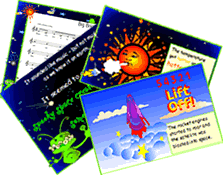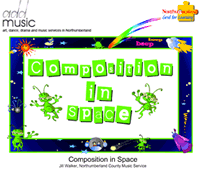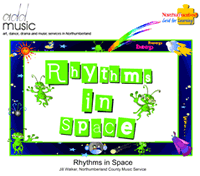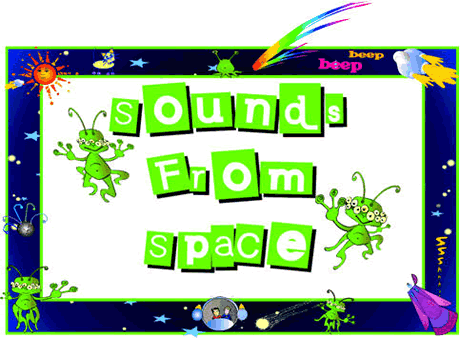
Interactive story (best viewed full screen - press F11)
In the interactive story, you can choose to:
- Follow the story and enjoy all four songs as you go along
- Go directly to a song and listen to it while watching the animation
- See the words and music - sing and dance along to the backing track!
Smart Notebook Gallery Collection
The images from the story have been collated to produce a Smart Notebook collection file.
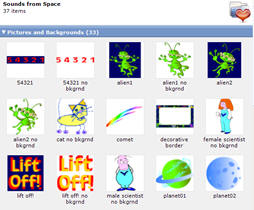 If you have Smart Notebook installed on your computer, when you click on the link to the collection file and choose 'Open', Smart Notebook will open and a Sounds from Space folder will be created in the 'My Content' folder in your Gallery.
If you have Smart Notebook installed on your computer, when you click on the link to the collection file and choose 'Open', Smart Notebook will open and a Sounds from Space folder will be created in the 'My Content' folder in your Gallery.
This folder will contain 37 images which can be used to create your own resources. It will appear each time you open Smart Notebook unless you choose to delete.
An interactive resource for Reception and KS1 children
The resource consists of an interactive story and four songs, with accompanying book to print out in A3 or A4 format, a gallery of images from the story and two Smart Notebook activities on rhythm and composition.
Click on the image on the left to launch the story.
Additional resources:
To download one of the Word or Smart Notebook files below,
right click on the image or link and choose 'Save target as'.
Early learning goals - Communications, Language and Literacy
The story and songs in this interactive project have been written with one important aim in mind:- they should be shared and enjoyed by young children and their carers. It has been written to show how much fun one can have when words and music come together.
Significantly when children engage with both the sounds and melodies of the words they use different brain processing skills. Many children who find certain aspects of speech and communication difficult find in singing a way in which they can become increasingly aware of the phonological aspects (the sounds) of words. With this knowledge they can become more confident in decoding sounds and syllables into words and then into sentences.

Early learning goals - Personal, Social and Emotional Development
Originally this story was purely used as a music and language tool, but since it has now been reworked as an interactive web-based project lots of new and exciting possibilities have been discovered in the pilot stage.
Children don’t necessarily learn what is expected. The visual nature of the graphics can develop a tremendous range of learning opportunities, and children who don’t always concentrate through listening learn by using their visual memories. The collective experience of watching together helps to develop the sharing experience. Repetition, week on week, is really important, so don’t always start from where you left off, but go back quickly each session to the beginning.
 Early learning goals - Mathematical Development
Early learning goals - Mathematical Development
Count the aliens legs, eyes, number of beeps. Note how the countdown works etc…etc…
 Early learning goals - knowledge and understanding of the world – and beyond
Early learning goals - knowledge and understanding of the world – and beyond
Make space rockets, and alien environments / create alien languages to decipher “Doo – Daa – Dit Dit Dit”
Learn the names of the planets / stars and space station technology etc…
Early learning goals - physical development
Dance and move with the music – make up new alien dance routines
Early learning goals - creative development
See the Smartboard composition ideas for extension activities for Reception and KS1


